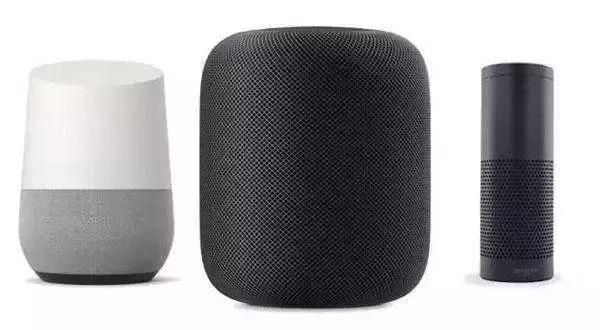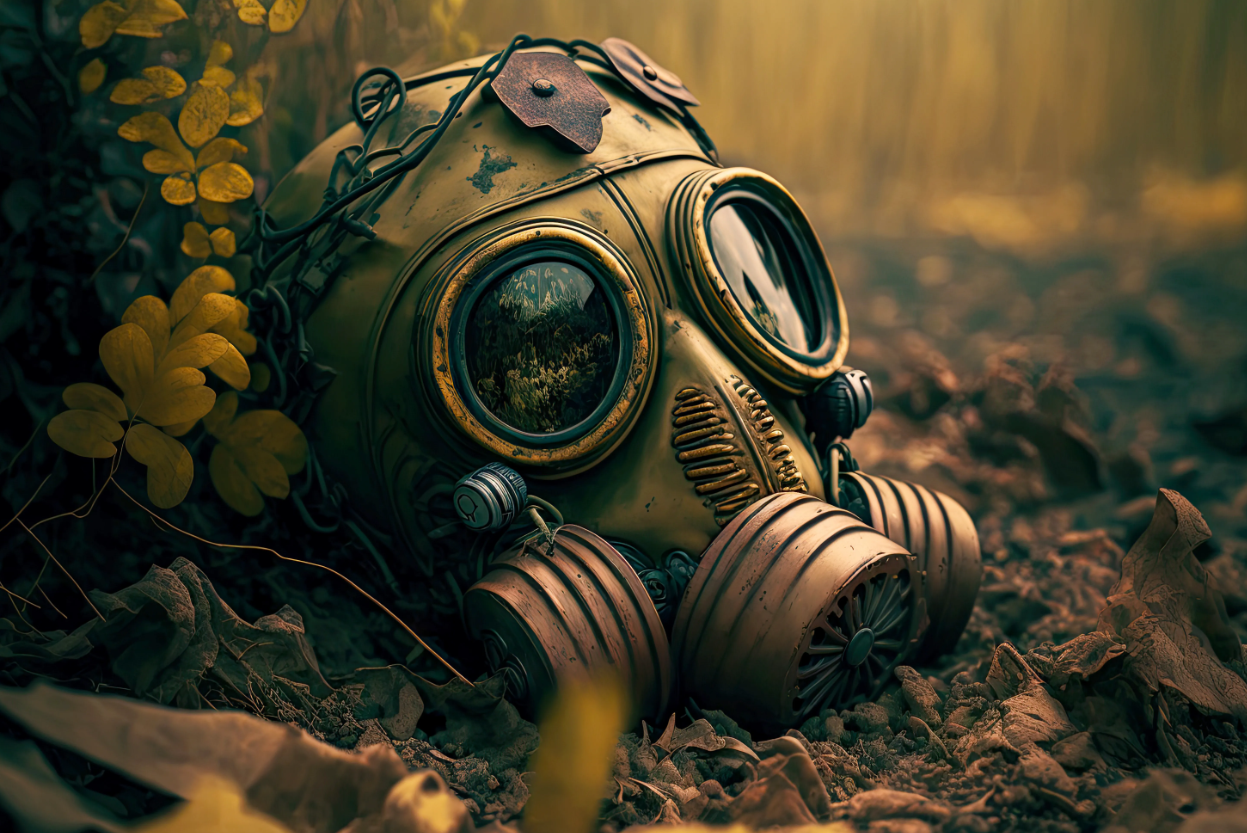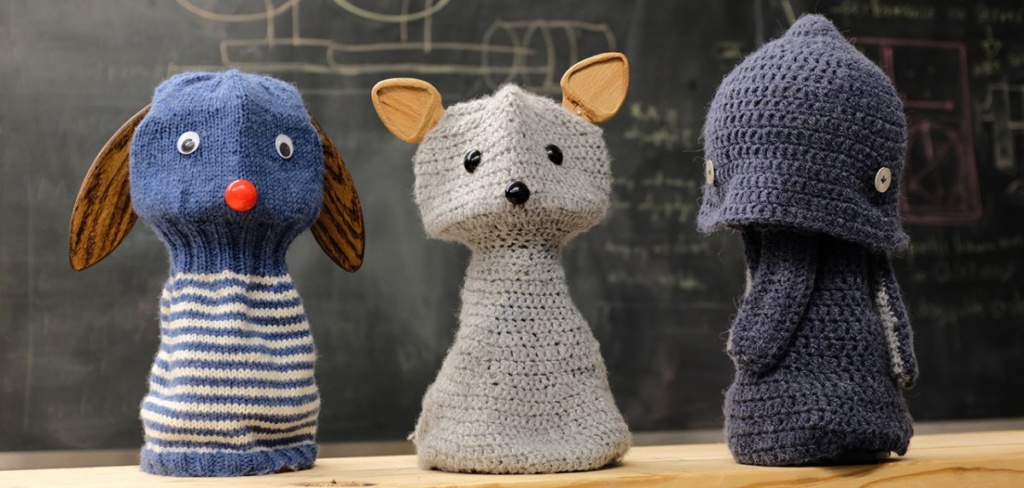数据集:
sayakpaul/nyu_depth_v2
任务:
 深度估计
深度估计
语言:
 en
en
计算机处理:
monolingual大小:
10K<n<100K预印本库:
arxiv:1903.03273其他:
depth-estimation许可:
 apache-2.0
apache-2.0
 中文
中文Dataset Card for NYU Depth V2
Dataset Summary
As per the dataset homepage :
The NYU-Depth V2 data set is comprised of video sequences from a variety of indoor scenes as recorded by both the RGB and Depth cameras from the Microsoft Kinect . It features:
- 1449 densely labeled pairs of aligned RGB and depth images
- 464 new scenes taken from 3 cities
- 407,024 new unlabeled frames
- Each object is labeled with a class and an instance number (cup1, cup2, cup3, etc)
The dataset has several components:
- Labeled: A subset of the video data accompanied by dense multi-class labels. This data has also been preprocessed to fill in missing depth labels.
- Raw: The raw rgb, depth and accelerometer data as provided by the Kinect.
- Toolbox: Useful functions for manipulating the data and labels.
Supported Tasks
- depth-estimation : Depth estimation is the task of approximating the perceived depth of a given image. In other words, it's about measuring the distance of each image pixel from the camera.
- semantic-segmentation : Semantic segmentation is the task of associating every pixel of an image to a class label.
There are other tasks supported by this dataset as well. You can find more about them by referring to this resource .
Languages
English.
Dataset Structure
Data Instances
A data point comprises an image and its annotation depth map for both the train and validation splits.
{
'image': <PIL.PngImagePlugin.PngImageFile image mode=RGB at 0x1FF32A3EDA0>,
'depth_map': <PIL.PngImagePlugin.PngImageFile image mode=L at 0x1FF32E5B978>,
}
Data Fields
- image : A PIL.Image.Image object containing the image. Note that when accessing the image column: dataset[0]["image"] the image file is automatically decoded. Decoding of a large number of image files might take a significant amount of time. Thus it is important to first query the sample index before the "image" column, i.e. dataset[0]["image"] should always be preferred over dataset["image"][0] .
- depth_map : A PIL.Image.Image object containing the annotation depth map.
Data Splits
The data is split into training, and validation splits. The training data contains 47584 images, and the validation data contains 654 images.
Visualization
You can use the following code snippet to visualize samples from the dataset:
from datasets import load_dataset
import numpy as np
import matplotlib.pyplot as plt
cmap = plt.cm.viridis
ds = load_dataset("sayakpaul/nyu_depth_v2")
def colored_depthmap(depth, d_min=None, d_max=None):
if d_min is None:
d_min = np.min(depth)
if d_max is None:
d_max = np.max(depth)
depth_relative = (depth - d_min) / (d_max - d_min)
return 255 * cmap(depth_relative)[:,:,:3] # H, W, C
def merge_into_row(input, depth_target):
input = np.array(input)
depth_target = np.squeeze(np.array(depth_target))
d_min = np.min(depth_target)
d_max = np.max(depth_target)
depth_target_col = colored_depthmap(depth_target, d_min, d_max)
img_merge = np.hstack([input, depth_target_col])
return img_merge
random_indices = np.random.choice(len(ds["train"]), 9).tolist()
train_set = ds["train"]
plt.figure(figsize=(15, 6))
for i, idx in enumerate(random_indices):
ax = plt.subplot(3, 3, i + 1)
image_viz = merge_into_row(
train_set[idx]["image"], train_set[idx]["depth_map"]
)
plt.imshow(image_viz.astype("uint8"))
plt.axis("off")
Dataset Creation
Curation Rationale
The rationale from the paper that introduced the NYU Depth V2 dataset:
We present an approach to interpret the major surfaces, objects, and support relations of an indoor scene from an RGBD image. Most existing work ignores physical interactions or is applied only to tidy rooms and hallways. Our goal is to parse typical, often messy, indoor scenes into floor, walls, supporting surfaces, and object regions, and to recover support relationships. One of our main interests is to better understand how 3D cues can best inform a structured 3D interpretation.
Source Data
Initial Data CollectionThe dataset consists of 1449 RGBD images, gathered from a wide range of commercial and residential buildings in three different US cities, comprising 464 different indoor scenes across 26 scene classes.A dense per-pixel labeling was obtained for each image using Amazon Mechanical Turk.
Annotations
Annotation processThis is an involved process. Interested readers are referred to Sections 2, 3, and 4 of the original paper .
Who are the annotators?AMT annotators.
Personal and Sensitive Information
[More Information Needed]
Considerations for Using the Data
Social Impact of Dataset
[More Information Needed]
Discussion of Biases
[More Information Needed]
Other Known Limitations
[More Information Needed]
Additional Information
Dataset Curators
- Original NYU Depth V2 dataset: Nathan Silberman, Derek Hoiem, Pushmeet Kohli, Rob Fergus
- Preprocessed version: Diana Wofk, Fangchang Ma, Tien-Ju Yang, Sertac Karaman, Vivienne Sze
Licensing Information
The preprocessed NYU Depth V2 dataset is licensed under a MIT License .
Citation Information
@inproceedings{Silberman:ECCV12,
author = {Nathan Silberman, Derek Hoiem, Pushmeet Kohli and Rob Fergus},
title = {Indoor Segmentation and Support Inference from RGBD Images},
booktitle = {ECCV},
year = {2012}
}
@inproceedings{icra_2019_fastdepth,
author = {{Wofk, Diana and Ma, Fangchang and Yang, Tien-Ju and Karaman, Sertac and Sze, Vivienne}},
title = {{FastDepth: Fast Monocular Depth Estimation on Embedded Systems}},
booktitle = {{IEEE International Conference on Robotics and Automation (ICRA)}},
year = {{2019}}
}
Contributions
Thanks to @sayakpaul for adding this dataset.


















